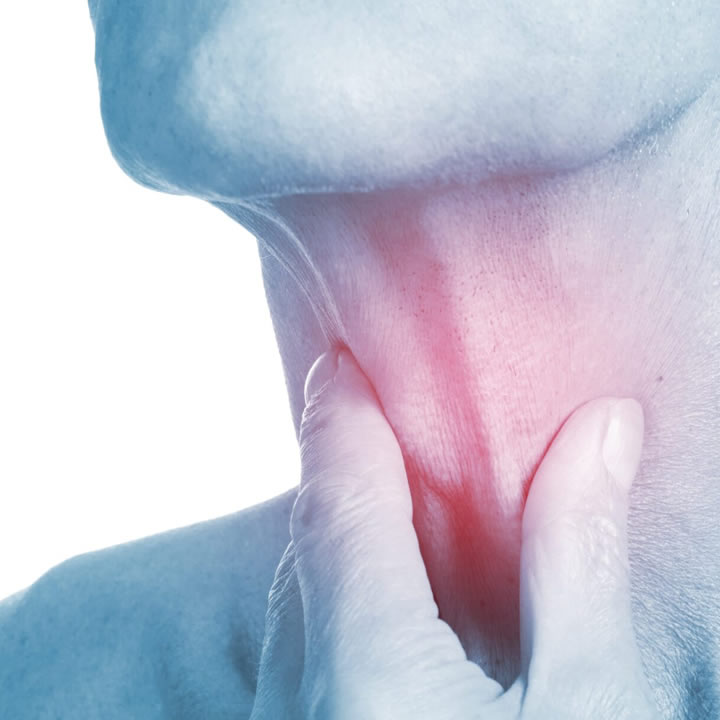When we swallow, our body performs a complex sequence of actions that moves food and drinks to our stomach and protects our airways. The throat serves as a shared pathway for both eating and breathing, making the relationship between swallowing and breathing critically important.
When something goes wrong with swallowing, it can directly affect our respiratory health.
What Are Swallowing Disorders?
According to SimplyThick’s Instagram page, swallowing disorders, also known as dysphagia, occur when a person has difficulty moving food or liquids from their mouth to their stomach.
This can happen for many reasons, including neurological conditions like stroke, physical problems affecting the throat or esophagus, or aging.
Some people might cough while eating, feel like food is stuck in their throat, or have difficulty swallowing. These disorders can affect any part of the swallowing process, from the initial chewing phase to the final movement of food into the stomach.
Sometimes, the problem lies in the muscles and nerves that control swallowing, making it difficult to coordinate the complex actions needed for safe swallowing.
In more severe cases, people might experience a complete inability to swallow certain textures or even their saliva, requiring immediate medical attention and specialized feeding methods.
How Swallowing Problems Affect Breathing
- Food or liquid entering the airway (aspiration)
- Coughing and choking during meals
- Pneumonia resulting from inhaled food particles
- Increased work of breathing during meals
- Frequent throat-clearing
- Shortness of breath while eating
Risk Factors and Common Causes
Several conditions can lead to both swallowing and breathing problems.
Age is a significant factor, as older adults often experience weakened throat muscles. Other causes include neurological conditions like Parkinson’s disease, head and neck cancer, and certain medications that affect muscle control or saliva production.
Signs and Symptoms to Watch For
The combination of swallowing and respiratory problems often shows up in various ways. People might experience wet-sounding breathing, especially after eating or drinking.
They may have frequent chest infections, unexplained weight loss, or feel anxious during mealtimes. Some might notice their voice changing, particularly becoming gurgled or hoarse after eating.
Prevention and Management Strategies
Managing these connected problems requires a comprehensive approach. Speech therapists often work with patients to strengthen swallowing muscles and teach safer swallowing techniques.
Dietary modifications, such as thickened liquids or softer foods, can help prevent aspiration. Proper positioning during meals, taking smaller bites, and eating slowly are essential strategies.
The Role of Medical Assessment
Healthcare providers use various tests to evaluate swallowing and breathing problems. These might include watching patients eat and drink, taking X-rays while swallowing (called a modified barium swallow), or using small cameras to see inside the throat.
Understanding how severe the problems are helps determine the best treatment approach.
Treatment Options
- Swallowing therapy exercises
- Dietary modifications
- Medication adjustments
- Breathing exercises
- Postural techniques
- Special feeding devices
Long-term Impact and Quality of Life
Living with both swallowing and respiratory problems can significantly affect daily life. Many people feel socially isolated because eating becomes difficult or embarrassing. They might avoid meals with others or limit their food choices.
However, with proper management and support, most people can improve their symptoms and maintain a good quality of life.
When to Seek Help
If someone experiences regular coughing during meals, chest infections, or difficulty breathing while eating, they should seek medical attention promptly. Early intervention often leads to better outcomes and can prevent serious complications like pneumonia or malnutrition.
Everyone involved in caring for someone with these conditions should understand the close connection between swallowing and breathing. This knowledge helps ensure proper care and quick response to potential problems, leading to better health outcomes and improved daily living for those affected.

